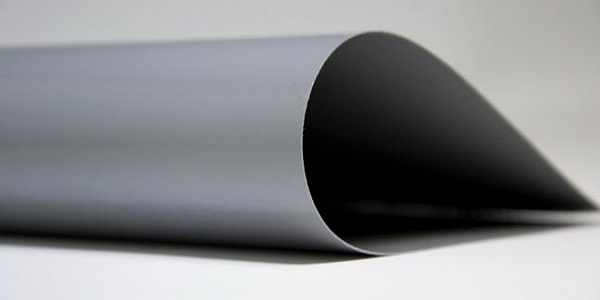
In the trampoline business, as in other areas of entrepreneurship, there are stereotypes and established views. One of them is the opinion that the denser the material of the inflatable trampoline, the better the pneumo construction. Is this a myth or is it true? Does the density of the fabric really affect the life of the trampoline? We say honestly: this belief is far from always true!
The fact is that it breaks where it is thin. This fact is applicable to the trampoline. According to statistics (performed work on the repair of trampolines, after years of operation), the material most often diverges at the points where the segments are stitched together. This is due to the fact that this is the most vulnerable spot, which falls a decent load. Of course, this happens not only because of the low density of the fabric, but directly depends on the manufacturing technology and the threads used for sewing.
For example, using the technology in which the method of applying safety seams and additional overlays together stitching is used can achieve the same high reliability results (this technology is used by us) using a fabric density of 650 g / m 2 . Obviously, but why then overpay, while buying a trampoline with a mass much higher than the standard values?
Of course, our task is not to talk about high-density PVC, only in a negative way. Of course, each of the PVC samples 650 and 800 g / m2 have both advantages and disadvantages. However, when choosing an attraction made of a material with a value of 800, it is necessary to clearly understand, first, in what climatic conditions it will be installed. Secondly, do you need increased strength, namely fabrics?
After all, the key feature of PVC 800, besides the fact that the material is extremely durable, it also has a temperature regime that allows it to operate the attraction at negative temperatures. The disadvantage is, the fact that 800 g / m 2 increases the cost (material costs more) of the inflatable trampoline and increases its weight significantly.
For example, a difference of 150 grams per square meter increases the weight of a structure measuring 8.5 × 5 × 5.5 by 70 kg, up to 360 kg, from 290 kg, if PVC 650 g / m 2 were used . This, believe me, a tangible difference. When transporting for every extra kilogram will have to pay. Without a doubt, heavy construction will give you a lot of trouble when installing and moving from place to place.
Therefore, if you do business in the middle lane and in the south of Russia, then most likely, for you the best option would be a trampoline made from a material with a density of 650 grams / m 2 . Making such an optimal choice - you get a reliable and mobile inflatable structure, while not overpaying for it.




